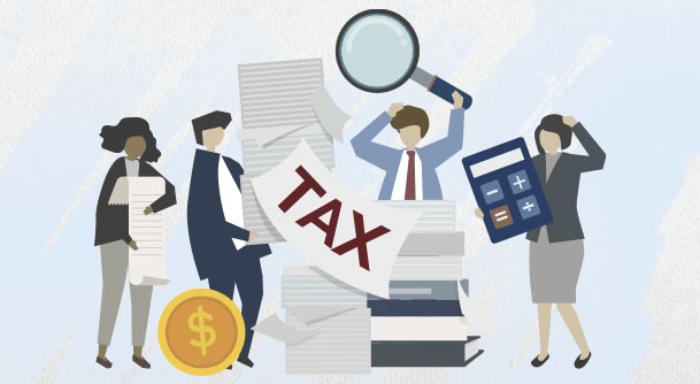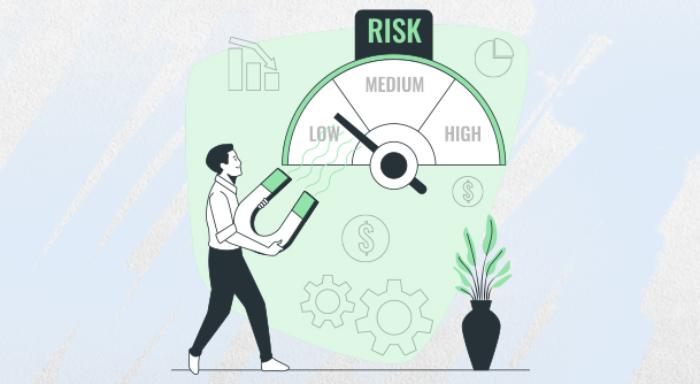Permanent Retirement Account Number: Detailed Guide
Blog Title
1543 |
2/7/25 4:25 AM |
What is PRAN? A Detailed Guide
In India, smart financial management is the key to a secure future. One of the most important tools for those who are registered in the National Pension System (NPS) is the Permanent Retirement Account Number (PRAN). Whether you're searching for tax free investments to increase your net worth or planning for a secure retirement, understanding PRAN can assist you in taking control of your financial future.
What is PRAN?
The Permanent Retirement Account Number, or PRAN, is a 12-digit unique number given to NPS users by the Indian Government. PRAN is the key to your NPS account and a unique identifier for handling your pension contributions.
It offers a centralised, safe way to monitor and manage your retirement assets while guaranteeing simple access to fund performance and your investment information. Its main goal is to assist people in effectively planning and building up a secure retirement fund.
Key Features:
Unique Identifier: PRAN is unique to every subscriber, preventing duplication or overlap.
Pension Account Access: It provides seamless access to both Tier I and Tier II accounts, allowing subscribers to manage their investments effortlessly.
Portability: Regardless of changes in work, employer, or location, PRAN is still valid for your life.
Types of PRAN Accounts
Under NPS, PRAN links to two account types:
Tier I Account:
Obligatory for every NPS member.
Limited withdrawals and a focus on retirement savings make it an excellent investment plan.
Has substantial tax advantages.
Tier II Account:
It is optional and allows for flexible savings.
Because withdrawals are not regulated, they are appropriate for short-term financial objectives.
Doesn't offer any tax advantages.
For example, if you're a professional in your 30s, you can utilise the Tier I account to increase your retirement corpus and use the Tier II account for unexpected costs like medical bills, creating a balanced financial approach with both an investment plan and a savings plan.
How to Get a PRAN?
Whether you are salaried, self-employed, or a non-resident Indian, you can easily apply for a PRAN. Let’s go through the steps:
Steps to Apply for PRAN
Online Registration: Go to a registered Point of Presence (POP) or the official NPS website. Fill up the form and provide personal information such as your name, birthdate, and contact details similar to when you buy online insurance.
KYC Verification: Provide your identity and address proof, such as your voter ID, Aadhaar, or PAN. Make sure these facts match your digital records if you're applying online.
Select a POP: To process your application, pick an approved Point of Presence, such as a bank or post office.
PRAN Card Issuance: After your application is accepted, you will be issued a PRAN card with your account information and a unique number on it, just like when you buy policy online.
Eligibility Criteria
Age: Anyone from 18 to 70 years old is eligible.
Citizenship: Open to both Indian nationals and non-resident Indians.
Employment Type: Suitable for private sector employees, government workers, and self-employed professionals.
Why Is PRAN Important?
PRAN is a gateway to organised saving and financial stability and offers several advantages. Some of the main advantages of PRAN are:
Centralised Management: PRAN ensures accessibility and transparency by allowing subscribers to monitor and manage their NPS contributions in one place.
Tax Savings: Via Sections 80C and 80CCD(1B) of the Income Tax Act, contributions made via PRAN are deductible from taxes up to ₹2 lakh, making it one of the best tax saving investments for people who want to lower their taxable income and maximise their tax benefit.
Portability: PRAN remains with you independent of your work status, place of employment, or stage of retirement, in contrast to standard pension plans.
Retirement Security: PRAN guarantees a steady income after retirement by investing through NPS and functions similar to a guaranteed income plan. You may get a monthly pension or a lump sum payment, depending on your requirements.
How to Transfer or Close a PRAN?
Transferring PRAN
Your retirement funds won't be impacted if you change jobs because of PRAN's portability. Here are the steps to transfer PRAN:
Share your current PRAN with your future employer.
During the onboarding procedure, provide your PRAN information.
Your contributions will be added to your existing account without any changes upon request to your previous employer.
You can track the transfer process online through your NPS account or by contacting the Point of Presence (PoP).
Closing PRAN
Usually, you close your PRAN when you retire or in certain other situations. Here are the steps you need to follow.
Steps to close PRAN:
Send in a withdrawal request on the NPS website.
Provide the necessary paperwork, such as a cancelled cheque and proof of identification.
Obtain the corpus, which may be obtained as an annuity or as a lump-sum payment.
Final Thoughts
PRAN is a crucial instrument for securing your financial future. It is a unique identification number that can help manage your retirement funds, savings plan, and guarantee a consistent income upon retirement. The main advantage of PRAN is that your savings can increase over time the earlier you begin.
PRAN provides a straightforward, efficient method of establishing long-term financial stability, regardless of your stage of life, from starting a job to making retirement plans. It's a proactive measure to guarantee that you won't have financial anxiety in the future.
Getting started with PRAN as early as possible is an excellent decision that will give you financial security and stability as you move forward.










